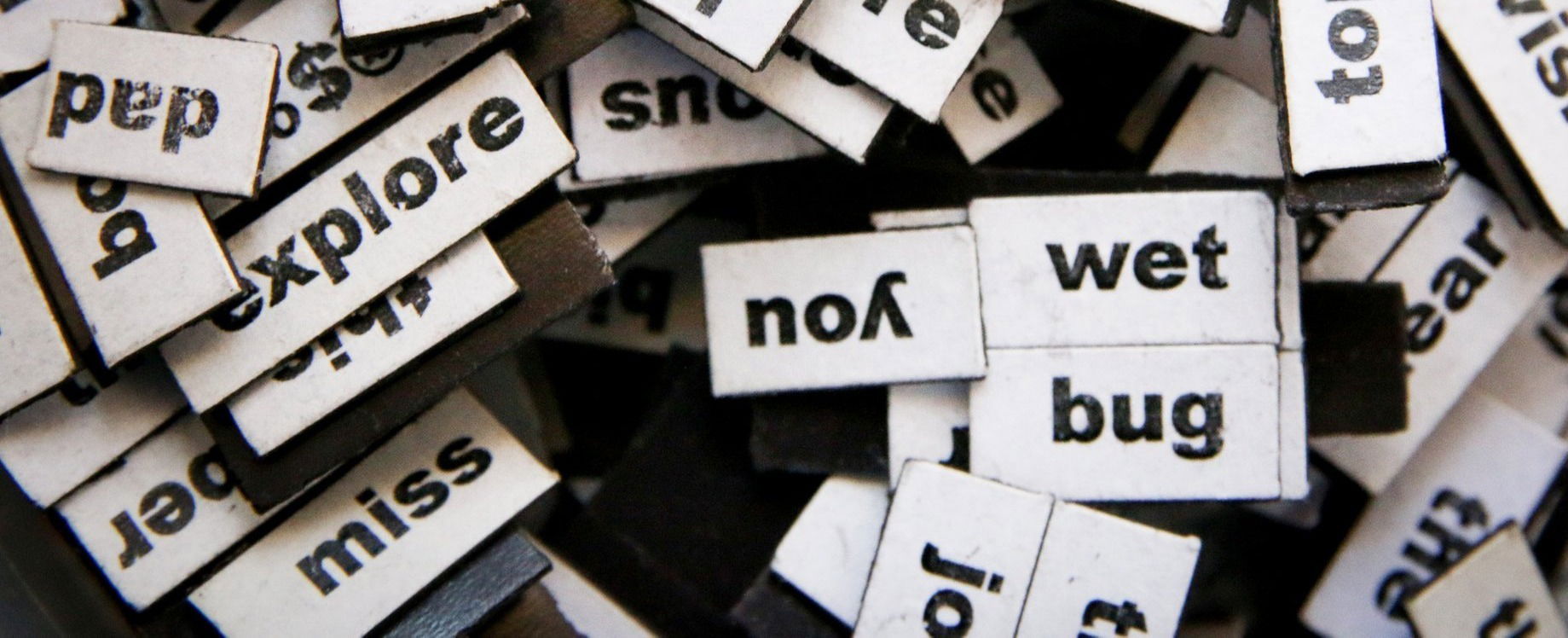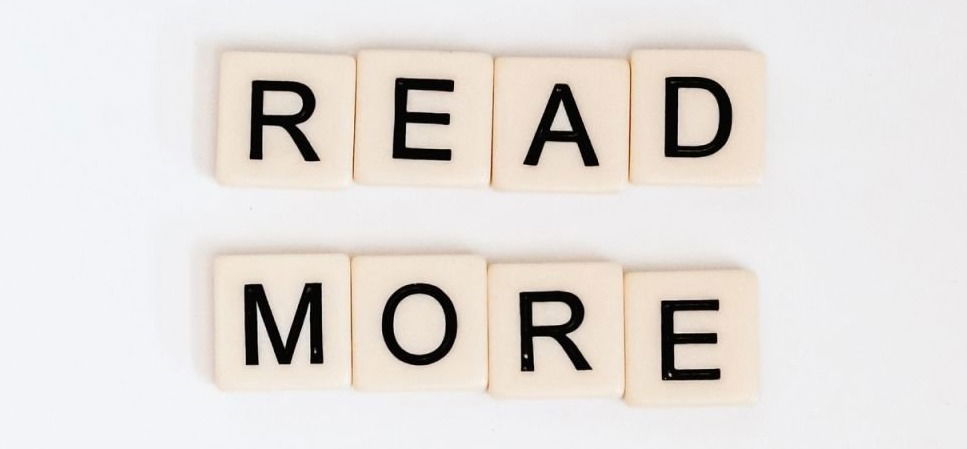The Joy of Phonics
Phonics works
When I first visited my school a few weeks before I began teaching, I had my very first experience with phonics. I was listening to a Reception child read 'Chicken Licken', and I was blown away by what I was hearing. While reading, I noticed that he was saying the sounds in each word before reading the whole word. I had no previous experience with phonics, and I realised that he must have been using a systematic process for reading. The pupil was working hard to decode words and was able to read the story independently.

This was my first introduction to phonics, and I could see that the process was clearly working. This was phonics in action, and I later learned that the child was 'segmenting' words, identifying the sounds before 'blending' them together. Phonics is all about segmenting and blending, and I immediately fell in love with it. I was convinced that it was an effective way to teach children to read, and I was really looking forward to teaching it in September.

When I returned to my summer training, I learned more about phonics, and I knew that I'd have to work on pronouncing the sounds correctly. Believe me, it's more challenging than you think. I initially had to work on my pronunciation of N, L and X. Thankfully, there are lots of great YouTube videos out there that really helped me.

There are a number of phonics programmes available to schools, all of which are slightly different. Essentially, they're all teaching children to recognise letters and say the sounds in order to read independently. As well as word recognition, comprehension is also really important when reading, and there should always be a rich discussion around stories and the meaning of words.

My school used the Read Write Inc (RWI) phonics programme, also known as RML (Ruth Miskin Literacy). At the start of September, I had a day and a half of RWI training with my school's phonics lead, who also did a weekly phonics workshop after school. An external trainer from RML also visited my school during one of the training days.


RWI Speed Sounds
RWI follows a systematic approach to teaching phonics. Children have daily lessons and are regularly assessed to check their progress. The programme groups sounds into three main sets: Set 1, Set 2 and Set 3. They're known as 'speed sounds', as the aim is for children to read them effortlessly and at speed. The sounds become more challenging as pupils progress through the sets.

RWI is a really fun phonics programme with specific phrases to remember each sound, such as 'ee what can you see?' and 'ea cup of tea'. The two digraphs both sound the same, but they're spelt differently. As we know, there are often multiple ways of spelling the same sound in the English language. Knowing whether you need 'ow blow the snow' or 'o-e phone home' is really important. I found that my pupils really engaged with the phrases and used them when they were reading and spelling. Our classrooms all had RWI speed sounds posters on display, and pupils also had their own speed sounds charts in their chair bags. Pupils were encouraged to use them whenever they were writing.
RWI Speeds Sounds Chart - A4 size


The term 'special friends' is used to describe digraphs (when two or more letters make one sound, such as 'oi' and 'igh'). Some teachers describe split digraphs (such as o-e) as chatty friends, who can't stand next to each other. The words 'phone' and 'home' have chatty friends o-e in them.

The small speed sounds cards are a key resource for teaching and reviewing sounds. They have the sound on one side and the accompanying phrase and picture on the other side. The cards are also available in A4 size, which is really useful when teaching a new sound.
RWI Speed Sounds card

It can take a little while to get to grips with handling the cards and going through them at speed, but you do get a feel for it. Some people take each card from the back and others take them from the front. Just do what feels right for you.
Speed Sounds during a phonics lesson

RWI Green Words
Whenever pupils are taught a new sound, there are accompanying word cards that include that sound. These words are known as 'Green Words', and they are easily decodable using speed sounds. The cards are double-sided, with one side highlighting the sounds in each word with dots and dashes. Dots are found underneath the single letter sounds, and special friends are underlined/identified. Pupils should learn to read the green words without the dots and dashes.
RWI Green Word cards for the special friends 'er' & 'o-e'


I modelled how to read each word, identifying any special friends out loud first. I then said each sound individually and then read the word. In RWI, saying each individual sound is known as 'Fred Talk', which is how the RWI frog puppet speaks. This process will really help pupils when it comes to spelling the words in the lesson (more on spelling below).
RWI Fred puppet

It's important to remember the region you're teaching in and to say the words with the regional pronunciation. When reading the word 'after' in my London school, I would then say to my class, 'But we say arfter'. If I was teaching in Manchester, I wouldn't need to do that.

Alien words (nonsense words)
To assess understanding of a new sound, pupils are shown made-up words to read that contain that sound. These words are known as 'alien words' or 'nonsense words', and the teacher must never say them. Nonsense words allow teachers to assess if pupils can easily identify the new sound and form a word using the surrounding sounds. Teachers can have a bit of fun with nonsense words as pupils put on their pretend alien antennas and make an alien noise. Pupils read nonsense words during their termly phonics assessments and for the national phonics screening.
Nonsense word

RWI Red Words (tricky words/sight words)
During phonics, pupils are also taught to read words that can't be taught phonetically. They're known as 'Red Words' and they're on red cards. They're also called 'tricky words' or 'sight words'. These cards are also double-sided, like the green words, with one side identifying the sounds. When teaching these words, pupils should still identify the sounds before being taught how to say the word.
RWI Red Word cards

RWI phonics storybooks
RWI also includes storybooks that are colour-coded and aimed at different attainment levels. The books include additional sounds as pupils learn them, and pupils learn new story words for each story. At my school, Reception and Key Stage 1 pupils had daily phonics lessons in streamed groups. For example, the purple group read the purple phonics books, and the yellow group read the yellow phonics books. It was amazing to see my purple group develop and move into higher-attaining groups.

Having a display wallet for my book really helped pupils to engage with the story and understand any new words. I photocopied pictures from the book and printed off the story words and key vocabulary. They were available from the online portal. The wallet allowed me to store my story words in them, which I reviewed with my class. In addition to fiction books, RWI also has a few non-fiction books for each colour group.
My phonics classroom all set with the RWI story book on display

Spelling/ Fred Fingers
As pupils progress through the programme and groups, they also have different spelling and grammar activities to complete. When spelling words, pupils are first encouraged to identify the number of sounds in a word and to hold up the number of fingers that show the number of sounds. This is called 'Fred Fingers', and teachers ask pupils how many 'Fred Fingers' (sounds) they have. The next step is to tell pupils to 'pinch the sounds'. In response, pupils say each sound and pinch a finger as they say each one. This process really helps pupils with their spelling.

RWI lesson plans/timetables
The RWI programme can follow a three-day timetable or a five-day timetable, depending on the colour group that pupils are in. Lessons involve reviewing sounds, learning new sounds, spelling words and paired reading. During each timetable, teachers will also read the book to their class while pupils think about the story. Pupils become fluent and confident with their book by the end of the three days or week, and there's always a fun comprehension quiz that they enjoy doing. Pupils really enjoy reading their phonics books, and sending them home with pupils (when it's time for a book change) will encourage them to read for pleasure.

My school provided me with all the necessary resources to teach phonics lessons, and I also had a login to print off any additional resources that I needed. The RWI handbook guides teachers through every stage of the programme and each individual lesson. Their website is also full of helpful demonstration videos, which is a great resource for teachers.
